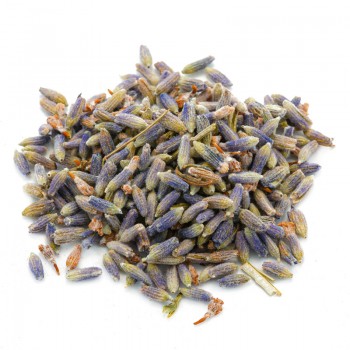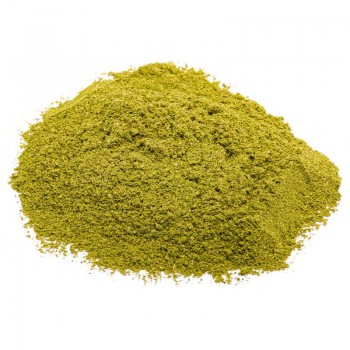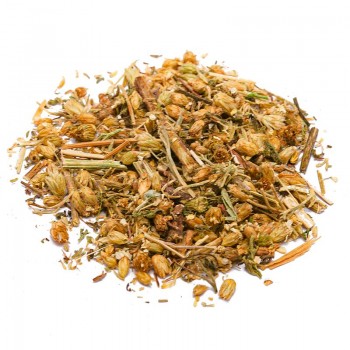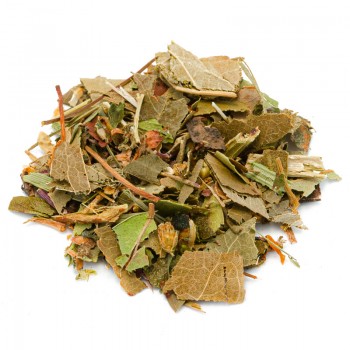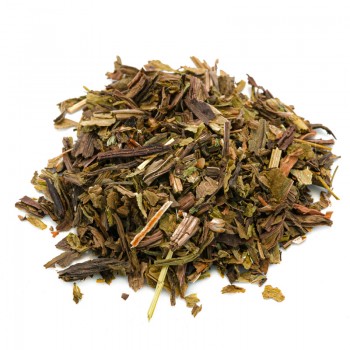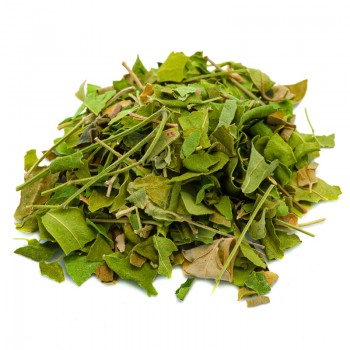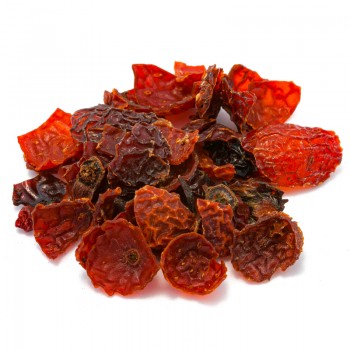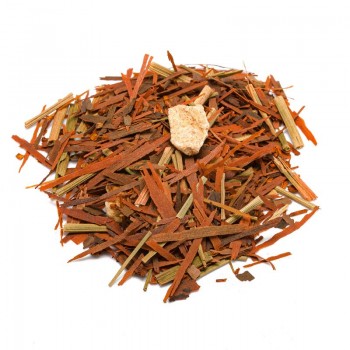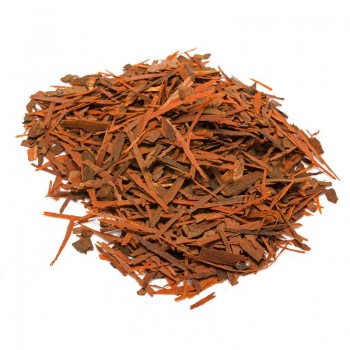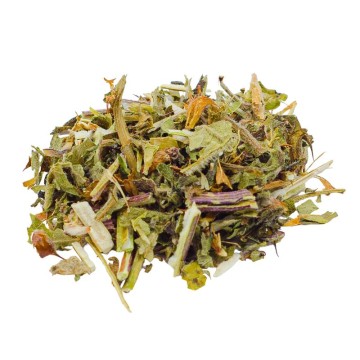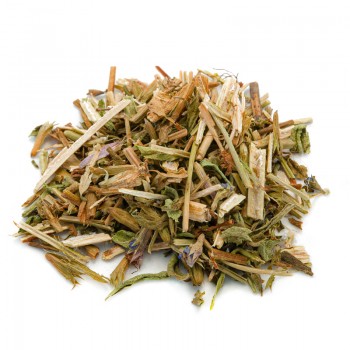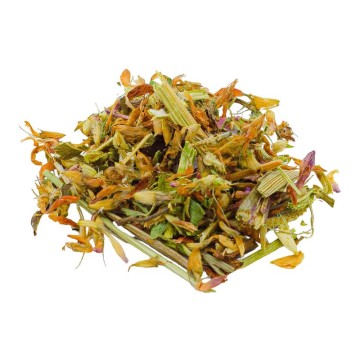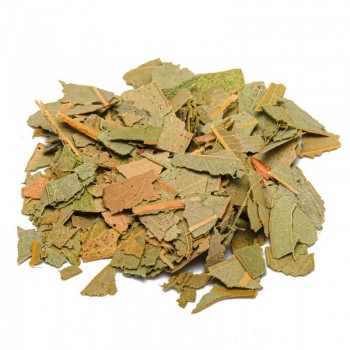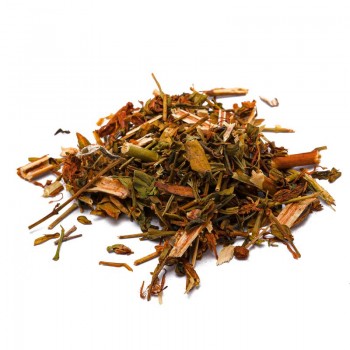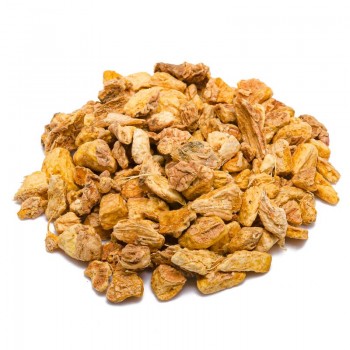The Devil's Claw is a natural remedy that has been used for centuries for its pain-relieving and anti-inflammatory properties.
Originally from the African continent, it has been present in our culture since the twentieth century, as a herbal medicine that finds application in case of arthritis pain, back pain and tendonitis, as well as for other conditions of the joints.
Devil's claw: properties and benefits
Its intriguing name derives from the thorns (claws), which cover the fruit of the plant.
In traditional African culture, it has always been used for therapeutic purposes, to treat joint pain but also malaria, fever, liver and kidney diseases.
The root of the Devil's Claw possesses excellent natural properties to counteract certain inflammations, and for this reason it is still widely used today to relieve headaches, rheumatism, gout and tendonitis.
In particular, it is used in Europe to treat symptoms of lower back pain, arthritis and migraines.
The value of this plant, indeed of its root, lies above all in the ability to give relief from pain, in a natural way.
Those who suffer from constant muscle pain, particularly in the lower back (lumbar), shoulder and neck, can benefit from Devil's Claw extracts.
This natural pain reliever creates a feeling of relief and calming, with respect to muscle pain but also joint, hip and knee pain, and is known as a natural treatment for rheumatism.
Even in the case of arthritis pain, it was the European colors in Africa who discovered the use of the Devil's Claw at root to improve painful ailments and mobility in case of arthritis.
Devil's Claw is also used to improve digestive health, and treat digestive problems such as dyspepsia, heartburn and indigestion-related symptoms . It has also traditionally been used to stimulate appetite.
The benefits of this root and plant probably derive from its content of iridoid glycosides, of which the main active compounds are harpagoside and procumbide.
These are anti-inflammatory compounds derived from plants, which bind to glucose molecules in the body.
According to some studies, the advantageous mechanism for our well-being could be given by the fact that these glycosides act with a behavior similar to anti-inflammatories.
By reducing some substances, which regulate the inflammatory response, they would naturally create an analgesic and anti-inflammatory activity.
In the Devil's Claw these iridoid glycosides are concentrated in the secondary roots.
In addition, Devil's Claw contains other antioxidant and beneficial elements , such as phytosterols and bioflavonoids with antispasmodic properties, useful for treating digestive problems. In this regard, moreover, the Devil's Claw also favors the production of bile and the emptying of the gallbladder.
Origins and History of cultivation
The plant is native to South Africa but is found in different parts of Africa including Namibia, Madagascar and the Kalahari desert. In addition, it is also widespread in North America, especially in arid areas below 1000 meters such as Arizona, California, Nevada and northern Mexico.
Botanically defined in recent times Harpagophytum procumbens, the plant has historically been used by African populations for the treatment of pain, in cases of fever and malaria and to improve the condition of the kidneys and of the liver.
Furthermore, historically the Devil's Claw is also used to create soothing skin ointments, naturally healing blisters and sores.
It was introduced in Europe during the first decades of the twentieth century, and since then the dried roots of the plant have been used to relieve pain and inflammation, to alleviate the symptoms of indigestion and heartburn.
Nowadays, Devil's Claw is a popular natural remedy in many plimbs of the world, which you often find through the root with herbal tea cut.
Plant and root
Harpagophytum procumbens, known as Devil's Claw, also has other popular names such as wood spider, devil's root, climbing plant.
The name procumbens (prostrate) was given to the plant by William Burchell in 1822. In 1840, Meisner published the name Harpagophytum - direct translation of "climbing plant" in Greek.
Originally from South Africa, it is a perennial herb with creeping stems, which arise from a primary root, from which the secondary roots in the shape of tubers branch off.
It is a leafy plant, the leaves are green-gray and the flowers that sprout are yellow, white or purple. The thorny fruits are formed by woody containers, with central and lateral thorns
The roots and tubers are the parts of the plant used to create herbal remedies, and are mostly harvested naturally, without cultivation.
The Devil's Claw is a protected plant in all African countries where it grows (South Africa, Botswana and Namibia)
Usually the plant grows in the plains and in the dunes, on sandy or rocky soils poor in nutrients. The plant is odorless, but its extract has a bitter taste.
Nutritional values of the Devil's Claw
The roots of the plant contain, as we have seen, effective compounds such as iridoid glycosides including harpagoside.
Devil's Claw also contains antioxidant phytosterols and flavonoids.
Calorically, 100 grams of devil's claw root contain about 300 calories, very little fat and protein, and about 70% carbohydrates.
How to consume the Devil's Claw in herbal tea
For a good infusion, it is advisable to use 1 tablespoon of Devil's Claw root in 300 ml of boiling water, leaving it to infuse overnight.
The following days, strain the herbal tea and drink a cup 10 minutes before each meal.
Devil's Claw: side effects and contraindications
Although this herbal tea cut root is a natural and non-toxic product, it is important not to exceed the recommended dose - no more than three cups per day.
When taken in high doses, there is a possibility that Devil's Claw may cause some mild side effects such as nausea and stomach upset.
Children should avoid using devil's claw, as should pregnant women.
Avoid if you suffer from diabetes, as it may raise your blood sugar. Consult a doctor to find out how to take the root if you are taking anticoagulant medications.
Preparation: Devil's Claw
Prepare in the evening in 300 grams of water, add a spoonful of root and leave it overnight. The next day, drink it 10 minutes before each meal, one cup after filtering it.

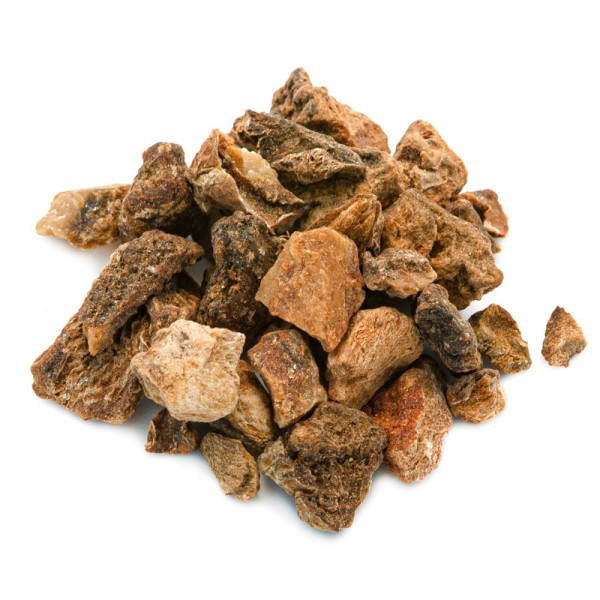









 No reward points for this product.
No reward points for this product.
